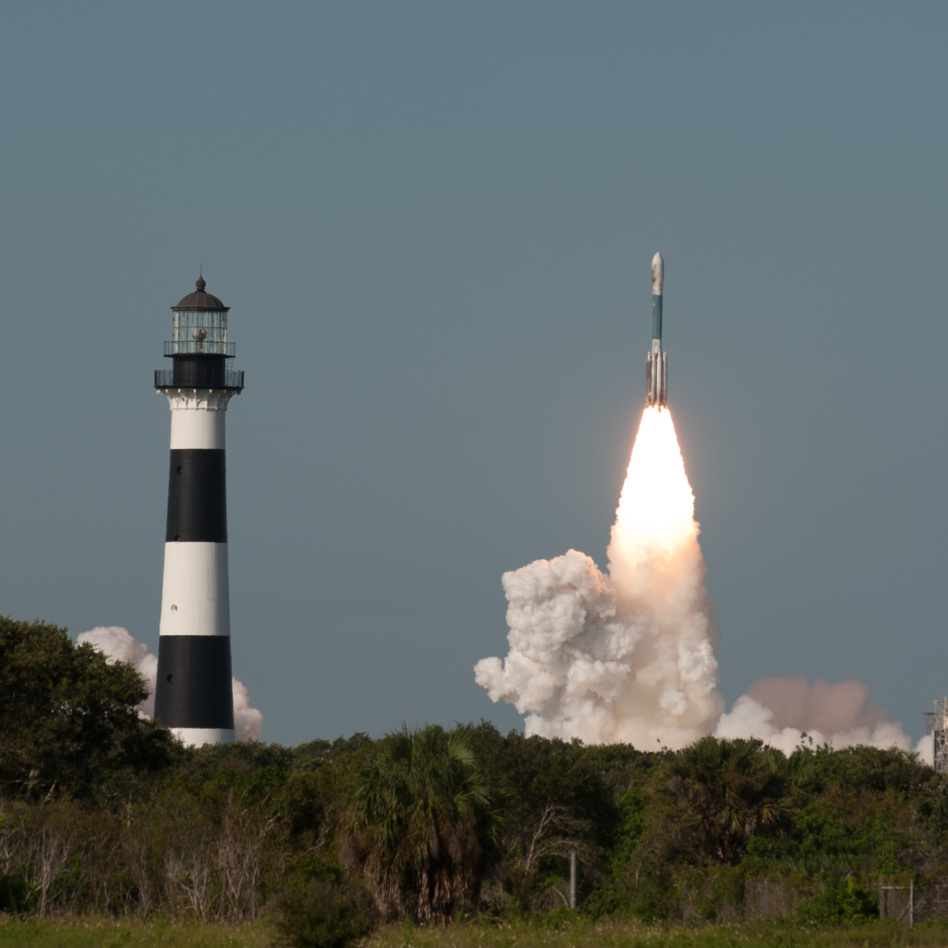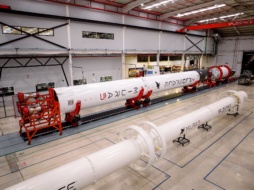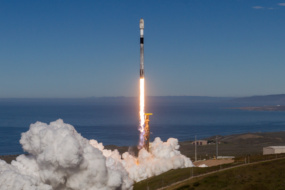This opinion piece is written by Nicholas Francoeur, an active-duty officer in the US Space Force. Most recently, he was the director of LEO and GEO operations, and was previously a senior range operations commander at Cape Canaveral. These views are his own, and do not represent the views of Payload or the military.
It’s time for the space launch industry to get a second opinion on resiliency.
When a medical diagnosis does not align with our symptoms, we seek a second opinion from a doctor. Similarly, the imminent threats to space launch—including a high operations tempo, a scarcity of expertise, a myriad of dependencies networked into outdated government infrastructure, and a finite timeline—call for a reevaluation.
The Space Force has already begun reshaping the context around launch operations by using new software, boosting automation, and putting forward concepts such as Range of the Future, which is intended to prepare ranges at the Cape and Vandenberg for the expected surge in launch tempo.
Yet some questions remain unanswered, namely: What happens if the largest US-based launch centers are indefinitely disrupted?
I vividly remember the silence in the room when I posed that very question to my officer colleagues during a coffee-fueled morning brief in Florida years ago. Unfortunately, there are no easy answers to establish and maintain rapid mobile deployment capabilities, leaving many of us deeply concerned about national defense vulnerabilities.
Limitations extend beyond just a lack of launch pad availability to include a shortage of processing, facilities, and local support infrastructure. The national security space community needs to explore alternatives to address all of these roadblocks and make sure the nation can put capabilities in orbit should our existing solutions falter.
Both the military and industry are working to push the boundaries to ensure a well-established capability exists beyond Cape Canaveral and Vandenberg. SpaceWERX’s Tactically Responsive Space (TacRS) team oversaw the impressive launch of VICTUS NOX by Firefly with about 24 hours’ notice. Earlier this year, The Spaceport Company’s at-sea launch demonstrated significant advancement in addressing this problem.
However, these types of demonstration missions are at risk of falling into the valley of death, a gap created by slow government decision making that can leave startups hanging for anywhere between seven months and two years. While these demonstrations are great, the valley of death can prevent them from becoming routine capabilities.
To prevent this, officials must raise awareness long before issuing solicitations, not only to innovators themselves but also to venture capital. The more attention that we bring to the issue early on, the more minds we enlist in finding and funding solutions quickly.




